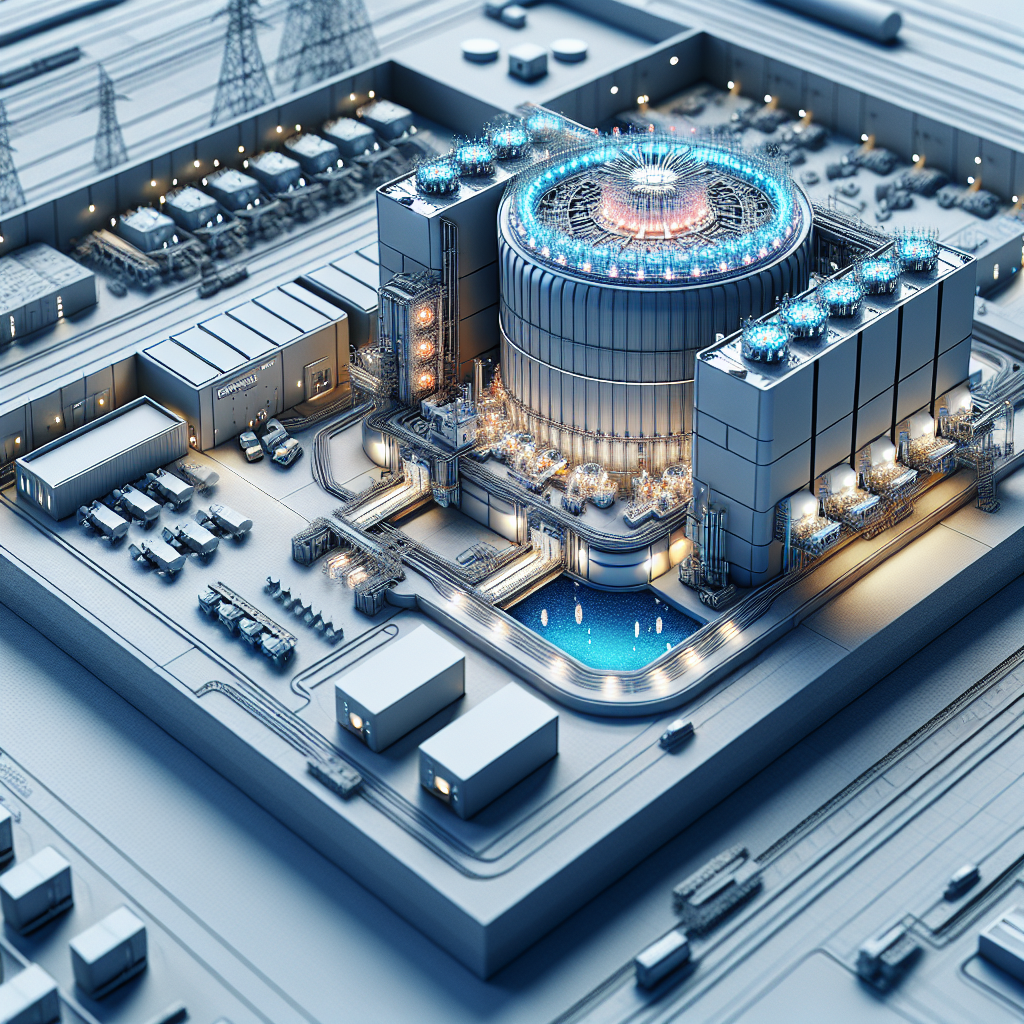The International Atomic Energy Agency (IAEA) continues to advance global efforts to harmonize small modular reactor (SMR) technologies and their regulatory frameworks, as reported at the third plenary meeting of the Nuclear Harmonization and Standardization Initiative (NHSI) held in Vienna. The initiative aims to streamline SMR design and regulatory approvals across multiple countries, enhancing both efficiency and safety and helping developers achieve economies of scale.
IAEA Director General Rafael Mariano Grossi emphasized the urgency of SMRs, calling them essential for both market and planetary needs. He noted that a degree of regulatory convergence is crucial for the success of SMRs, even though complete unison across all countries is impossible. Collaborative efforts are needed to maintain the business model of modularity and flexibility for these reactors.
Regulatory and Industry Collaboration
The NHSI’s two-track approach focuses on regulatory and industry needs. The industry track, led by Aline des Cloizeaux, has drawn contributions from over 200 experts across 30 countries. It aims to simplify nuclear deployment by developing common standards and enhancing safety monitoring systems. Key objectives include reducing timelines and costs for vendors and customers and learning from existing SMR deployment models to prepare for large-scale implementation.
The regulatory track, spearheaded by Anna Hajduk Bradford, aspires to create a global framework for the review of advanced reactors. Building trust among national regulators and understanding the differences in regulatory approaches are central to this effort. NHSI is also preparing to form a dedicated working group focused on nuclear security for SMRs.
Global Momentum for Harmonization
International regulators and industry leaders expressed strong support for the initiative’s progress, agreeing that NHSI is fostering much-needed momentum toward harmonization. Representatives from countries such as the UAE, the UK, and the U.S. emphasized the importance of collaboration between regulators and industry, pointing to the successes of Phase I and the importance of implementing these lessons in Phase II.
Future Steps and the Value of SMRs
NHSI’s next phase will focus on tools to better understand regulatory commonalities, refine technology-specific user requirements, and facilitate the approval process for long-lead items, which are critical components in reactor construction.
SMRs are increasingly seen as a key technology in the push for clean energy. Offering a power capacity of up to 300 MW(e), SMRs are more flexible and cost-effective than traditional nuclear reactors. They can be mass-produced in factories, transported to remote locations, and integrated into grids alongside renewable energy sources. This flexibility, combined with their capacity to generate low-carbon electricity and heat, positions SMRs as a crucial component in global decarbonization efforts.
The ongoing work of the NHSI is expected to smooth the path for the safe and efficient global deployment of SMRs, contributing to both energy security and the reduction of greenhouse gas emissions.











